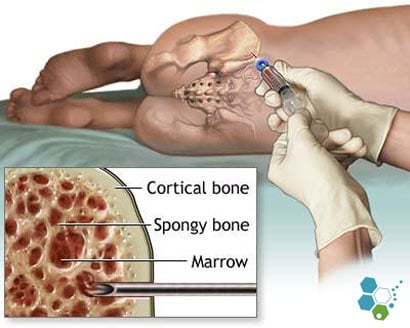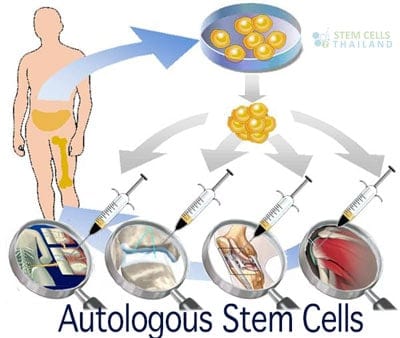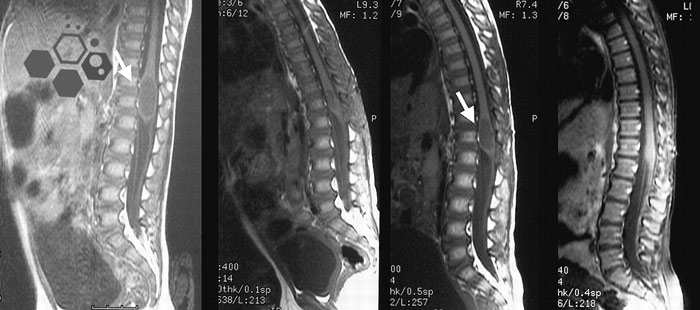The iliac crest is the prominent bony structure on the upper lateral part of the pelvis. It’s a common site for various medical procedures, including bone marrow biopsies and harvesting of stem cells. The bone marrow, which is found within the cavities of certain bones, including the iliac crest, is a primary source of stem cells, especially hematopoietic stem cells (HSCs). HSCs are responsible for the production of all blood cell types in the body: red blood cells, white blood cells, and platelets.

Here’s how the iliac crest is related to stem cells:
- Bone Marrow Harvesting for Transplantation: In bone marrow transplantation procedures, hematopoietic stem cells can be harvested directly from the iliac crest in a procedure known as bone marrow aspiration. During this procedure, a needle is inserted into the bone marrow space of the iliac crest to extract the marrow, which contains the HSCs. This marrow can then be processed and used for autologous (self) or allogeneic (another person) transplants.
- Mesenchymal Stem Cells (MSCs): Besides HSCs, bone marrow also contains another type of stem cell called mesenchymal stem cells. MSCs have the potential to differentiate into various cell types, including bone, cartilage, muscle, and fat cells. Because of this potential, there’s significant interest in using MSCs for regenerative medicine and tissue engineering purposes. The bone marrow from the iliac crest is also a source of MSC stem cells.
- Bone Grafting: The iliac crest has historically been a common site for obtaining autologous bone grafts. These grafts not only provide structural support but also come with osteogenic cells (cells that can produce bone), including bone-forming stem cells.
- Safety and Accessibility: The iliac crest’s location makes it relatively easy to access surgically, and it’s distant from vital organs, reducing the risk of injury. For these reasons, it’s often preferred for bone marrow aspirations over other potential sites.
While the iliac crest is a rich source of stem cells, the procedure to harvest bone marrow can be painful and may be associated with complications, such as infection, bleeding, or injury to surrounding structures. As a result, alternative methods of obtaining stem cells, like mobilizing HSCs into the peripheral blood and collecting them via apheresis.

The iliac crest is a prominent thick curved bone located in the upper border of the ilium near the pelvis. The iliac crest gets its name from it concave shape, that rounds inward, convex in back area and rounding outward. The iliac crest is that stretch of space posteriorly running from the anterior superior iliac spine (ASIS) towards the posterior superior iliac spine (PSIS) which is a source for somatic stem cells.[1]
It is known to contain a huge supply of bone marrow, which accounts for its being an uncommon extraction site for protocols at the stem cell regeneration center of Thailand treatment center and are typically only used in rare cases that required previous transplantation of bone marrow stem cells.[2]
Published Clinical Citations
[1] ^ Radcliff, Kristen, Raymond Hwang, Alan Hilibrand, Harvey E Smith, Jordan Gruskay, Jon D Lurie, Wenyan Zhao, Todd Albert, and James Weinstein. 2012. The effect of iliac crest autograft on the outcome of fusion in the setting of degenerative spondylolisthesis: a subgroup analysis of the Spine Patient Outcomes Research Trial (SPORT). The Journal of bone and joint surgery. American volume, no. 18 ( 19). https://www.ncbi.nlm.nih.gov/pubmed/22878599
[2] ^ Kunakornsawat, Sombat, Arthithat Kirinpanu, Chaiwat Piyaskulkaew, and Vera Sathira-Angkura. 2013. A comparative study of radiographic results using HEALOS collagen-hydroxyapatite sponge with bone marrow aspiration versus local bone graft in the same patients undergoing posterolateral lumbar fusion. Journal of the Medical Association of Thailand = Chotmaihet thangphaet, no. 8. https://www.ncbi.nlm.nih.gov/pubmed/23991599

